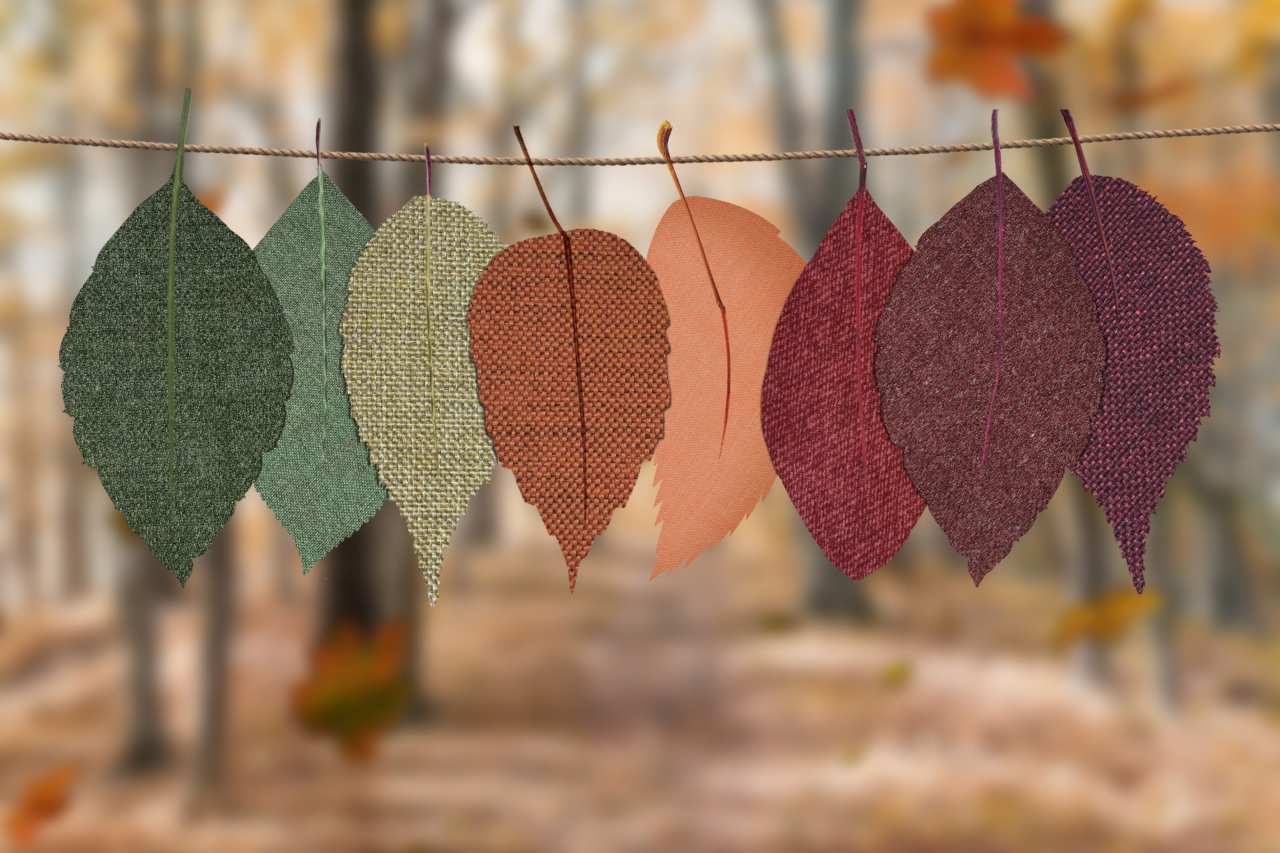Sweating is a natural bodily process that helps regulate our temperature, but the unpleasant odor that often accompanies sweat can be embarrassing and bothersome.
When it comes to choosing fabrics for clothing, some materials are better than others at trapping sweat smells. In this article, we will rank various fabrics based on their ability to trap sweat smells, helping you make informed decisions when shopping for clothes.
1. Bamboo
Bamboo fabric is known for its natural anti-microbial properties, making it an excellent choice for preventing the buildup of sweat smells.
The bamboo plant contains a bio-agent called “bamboo kun,” which helps to resist the growth of bacteria on the fabric, reducing the growth of odor-causing microbes. Additionally, bamboo fabric is highly breathable and moisture-wicking, promoting better ventilation and reducing the chances of sweat accumulation.
2. Merino Wool
Merino wool is a popular choice for outdoor enthusiasts and athletes due to its natural moisture-wicking properties. It can absorb moisture without feeling wet, preventing the buildup of sweat smells.
Merino wool is also naturally antimicrobial, helping to keep odor-causing bacteria at bay. This fabric is exceptionally breathable and regulates body temperature, making it an excellent choice for both warm and cold weather.
3. Cotton
Cotton is a widely available and affordable fabric that is comfortable to wear. While it is not as effective at trapping sweat smells as bamboo or merino wool, it is still a good choice for everyday clothing.
Cotton is breathable and allows air circulation, reducing the chances of sweat accumulation. However, cotton can absorb sweat and retain moisture, which has the potential to create an environment for odor-causing bacteria to thrive if not washed regularly.
4. Polyester
Polyester fabrics are known for their durability and wrinkle resistance, but they are not the best at trapping sweat smells.
Polyester is not as breathable as natural fibers like cotton, bamboo, or merino wool, which can lead to sweat accumulation and the persistence of odor-causing bacteria. However, some polyester blends are specifically designed with moisture-wicking properties, making them a better choice for active wear.
5. Nylon
Nylon is a popular choice for sportswear due to its strength and elasticity, but it is not particularly effective at trapping sweat smells.
Nylon fabric is not as breathable as natural fibers, and it tends to retain moisture, providing a suitable environment for bacterial growth. However, like polyester, some nylon blends are designed with moisture-wicking properties that can help reduce the buildup of sweat smells.
6. Rayon
Rayon is a semi-synthetic fabric made from plant cellulose. While it is soft and comfortable to wear, rayon is not known for its ability to trap sweat smells.
The fabric tends to absorb moisture and retain it, creating an environment conducive to bacterial growth and unpleasant odors. However, some variations of rayon, such as viscose rayon, may have moisture-wicking properties that can help minimize sweat smells.
7. Silk
Silk is a luxurious fabric known for its breathability and moisture-wicking properties. While it can absorb moisture, silk dries quickly, preventing the buildup of sweat smells.
Additionally, silk has natural antimicrobial properties that help to inhibit the growth of odor-causing bacteria. However, silk clothing can be expensive and may require special care when washing.
8. Linen
Linen is a breathable, lightweight fabric that is ideal for warm weather. It allows air circulation and helps to wick away moisture, reducing the chances of sweat smells.
Linen is also naturally antimicrobial, making it an excellent choice for fighting odor-causing bacteria. However, linen fabric can wrinkle easily and may require ironing or steaming to maintain its appearance.
9. Wool
Wool is a natural fabric known for its warmth and insulation properties. While it may not be the best at trapping sweat smells compared to other fabrics on this list, it still has some advantages.
Wool can absorb moisture without feeling wet and has natural antimicrobial properties. However, it is essential to choose lightweight wool fabrics like merino wool for better breathability and odor resistance.
10. Synthetic Blends
Various synthetic fabric blends, such as spandex, elastane, or Lycra mixed with other fibers, can have moisture-wicking properties that make them better choices for active wear.
These blends often enhance breathability and reduce sweat accumulation, minimizing the chances of sweat smells. However, it is important to research the specific blend and ensure it meets the desired needs before purchasing.






























